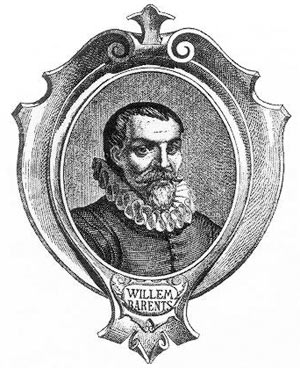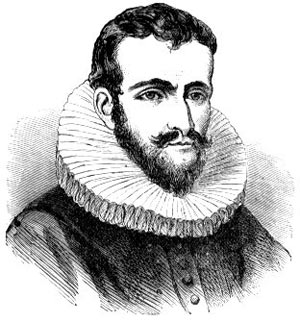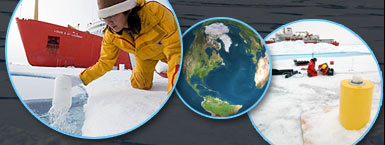The Arctic: Exploration Timeline


Portrait engraving of Willem Barents, a Dutch explorer. © Public domain.

Henry Hudson, from Cyclopaedia of Universal History, 1885. © Public domain.
1594-1610
A driving force for the exploration of the Arctic was the desire of European monarchs to find an alternate trading route to China, either a Northwest Passage along the coast of North America, or a Northeast Passage along the coast of Siberia.
1594-1597
Willem Barents, after whom the Barents Sea is named, makes three voyages trying to find a Northeast Passage. He discovered Spitsbergen and sailed on to the Kara Sea. But on his last voyage in 1596, his ship became trapped by sea ice and he and his crew were forced to winter ashore on Novaya Zemlya. They built a cabin from the wrecked ship, and even though they had to battle hunger and scurvy, and the intense winter cold, they became the first West Europeans to winter in the high Arctic and survive. In June 1597, they set out for home in two open boats, but Barents soon died, although many of his men survived.
1607-1610
Henry Hudson, an Englishman, makes three voyages in search of the Northwest Passage to Asia through the Arctic Ocean. On his final expedition on board a ship named Discovery, he entered Hudson Bay and he mapped and explored the shoreline. When the ship became trapped in the ice, they moved ashore for the winter. When the ice cleared in spring, Hudson wanted to continue exploring but his crew wanted to return home. They mutinied, and set Hudson, his son, and some crewmen adrift in a small boat with nor food or water. They were never heard from again.
« Previous Page | Next Page »

